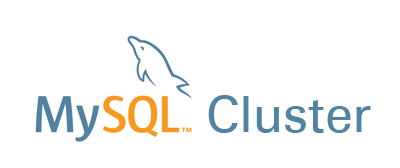MySQL on Azure Performance Benchmark – ScaleGrid vs. Azure Database
 Tuesday, September 1, 2020 at 8:02AM
Tuesday, September 1, 2020 at 8:02AM Microsoft Azure is one of the most popular cloud providers in the world, and a natural fit for database hosting on applications leveraging Microsoft across their infrastructure. MySQL is the number one open source database that’s commonly hosted through Azure instances. While Microsoft offers their own Azure Database product, there are other alternatives available that may be able to help you improve your MySQL performance. In this blog post, we compare Azure Database for MySQL vs. ScaleGrid MySQL on Azure so you can see which provider offers the best throughput and latency performance. We measure latency in ms 95th percentile latency.




















